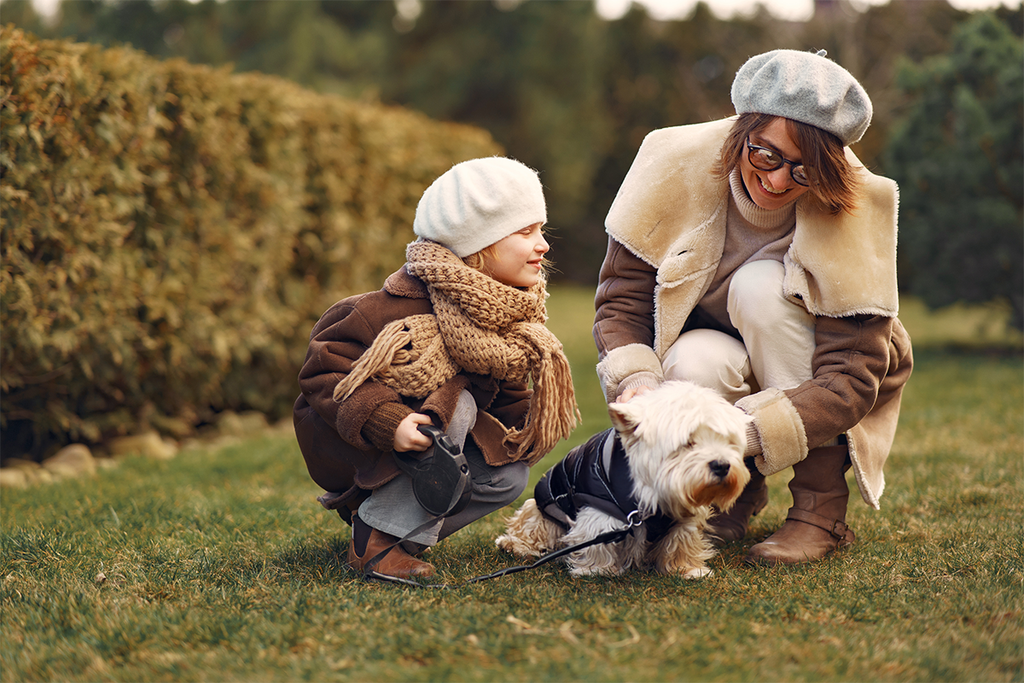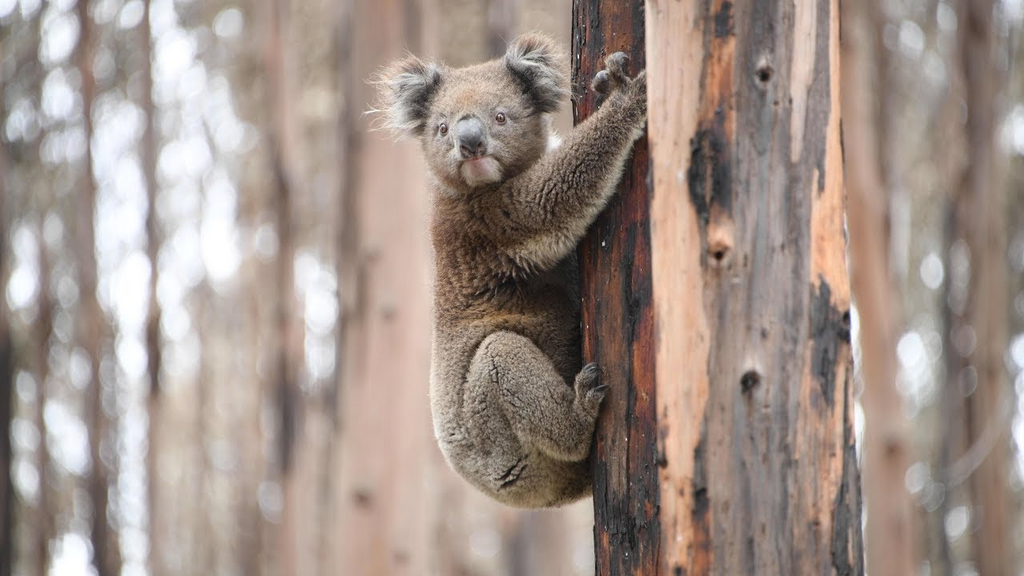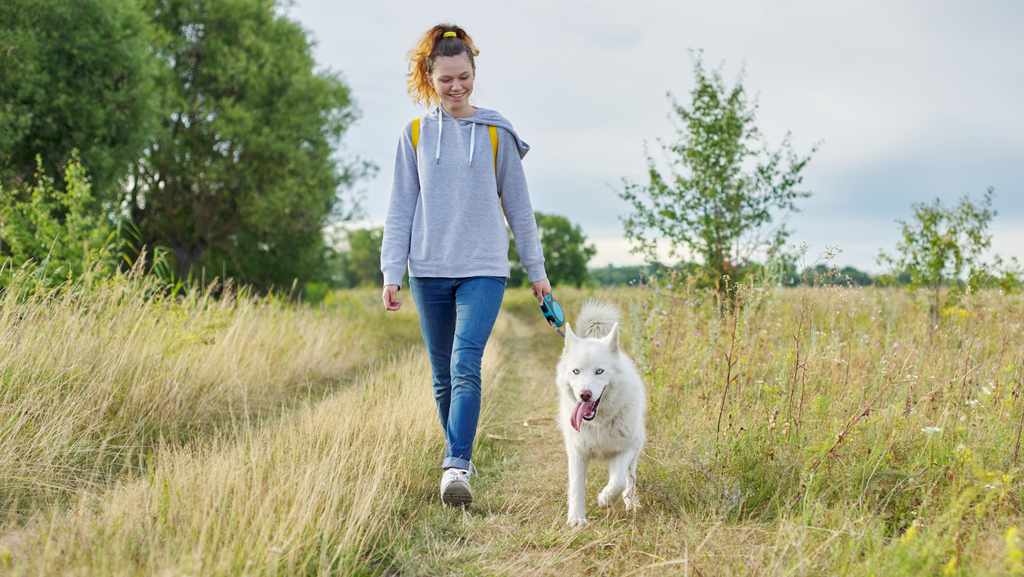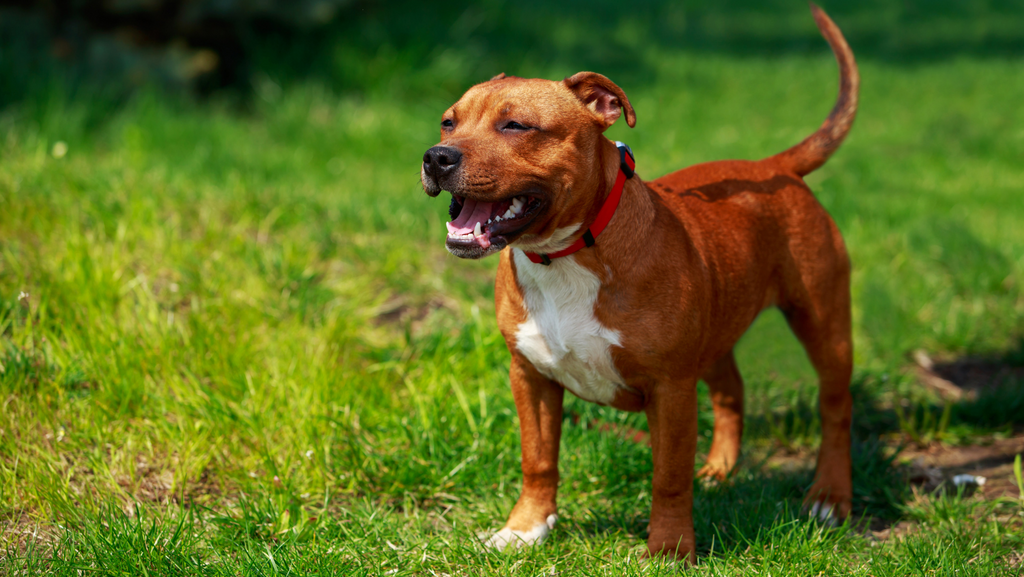Bred to Run: Adopting a Retired Greyhound
Are you thinking of buying a greyhound? You should consider adopting a retired racer! If you are looking for a furry companion to add to your family, take a long look at retired greyhounds. One of the oldest breeds, and the only dog breed mentioned in the Bible, greyhounds have been bred to run for millenia–you won’t find a faster breed! But because of their speed and their love of the chase, you’ll need to have plenty of room and a fenced yard.
They are sweet, gentle companions that will add a lot of joy to your life. And since these retirees aren’t puppies, you won’t be coming home to chewed up shoes or potty accidents.
A Greyhound’s Life on the Track

Greyhounds are elite athletes of the canine world. Millenia of breeding has shaped them into the perfect canine runners, topping out at 75 km/h. Greyhound racing is sometimes seen as problematic, but the welfare of the dogs is a top concern for most people involved in races.
Racing greyhounds stay with their litter much longer than most dogs. It is important for them to be well-socialised; a dog that wants to fight others won’t do well on the track. They are raised and trained with other greyhounds and lead a very happy and healthy social life.
They are also around lots of people, including strangers. So they tend to be very good with families as well as newcomers. This is one reason why they don’t do well as watch dogs.
Racers are kept in their own kennel and let out to exercise with their pals several times a day. They are fed well and their health is closely monitored. This means that if you adopt a retired racer, or a greyhound that wasn’t fast enough for the track, you are adding a healthy dog to your family.
Young greyhounds start racing at around a year and a half and are generally retired around age four.
Retired Greyhounds Make Great Additions to the Family
If a large dog doesn’t intimidate you, a retired racer could be the perfect fit for your family. While these big dogs can be a little scary for wee ones, they are gentle and friendly.

While many people have the misconception that they need a lot of running and walking, that isn’t really true. Once your doggo is used to your home, they will really enjoy lounging on your bed or couch. They do need to run, but a few minutes of running and playing in the backyard is usually enough. Their races are rarely longer than a kilometer, and they burn as much energy as they can during that kilometer. After they are done, they love to just trot, play and lay in the sun.
They will be happy walking along with you a couple times a day, but they will really love a few minutes of tearing around a fenced yard.
When Adopting a Greyhound, Remember…
Greyhounds are not your typical dog. They are an ancient breed, and they are probably the fastest dogs on the planet. Because of their background and the way that they are raised, there are some important things to remember if you want to add one of these wonderful dogs to your family.
1. Strong Prey-Drive
They were born to run…and chase. While not aggressive with people and other dogs, there can be problems if you have other small pets that they might consider prey. While they might adjust to a cat or rabbit sharing the house, it probably isn’t a good idea.
2. Can be a Couch Potato
While they are very lean and love to run, greyhounds have a reputation for being couch potatoes at home. They can turn the energy switch on and off quite easily, so they are well-behaved, even if you have them in a small apartment.
3. Sensitive Skin
Many people don’t know it, but greyhounds have skin that is susceptible to tearing. Make sure that you don’t have anything in your fenced yard that can snag their skin, because you could be in for a trip to get some stitches.
4. Temperature Sensitive
Because they have an extremely low percentage of body fat, greyhounds are prone to both overheating and getting chills. Take that into account when playing outside and provide comfortable bedding. Rember, not too hot, not too cold.
5. Happy in a Crate
When you bring your adopted greyhound home, you might want to keep them in a crate. They have lived in crates all or most of their adult lives, so they are used to it. Being in a crate can also comfort them if they have separation anxiety.
6. Take It Slowly–Give Them Time to Adjust
The transition from kennel to home can be pretty dramatic, so it might take a little while for your new forever friend to adjust. At least at first, try to keep things calm and quiet. They will quickly adapt to you and your lifestyle as you spend time bonding.
7. Used to Attention–6-8 hours
Because greyhounds are around people all the time, if they are left alone, they can get separation anxiety. While you can’t always cure it, you can reduce the symptoms by giving your fleet of foot pal plenty of attention and not leaving them alone for more than 6 or 8 hours.
Keeping them in a crate can also help. From a young age, they are crated, so it is something they are used to and can find comforting.
8. Can Be Emotional and Sensitive
When working with your greyhound, remember that they were bred to be independent. Give them positive feedback like praise and treats. They want to work with you on things, not just take commands.
9. Don’t Expect Them to Guard Your Gold
Face it, greyhounds just don’t have much guard dog in them. They are around people all the time and have become accustomed to them. While they can be a little shy around newcomers, don’t expect them to bark and threaten an intruder.
You Might Want More Than One!

A retired greyhound will be an excellent addition to your family. They are sweet, loving dogs that will reward you with plenty of affection. And since they have been around other greyhounds all their lives, you might even consider adding another “cheetah of the canine world” to your home. Even though their racing days are over, they still have a lot to give the right puppy parent.




